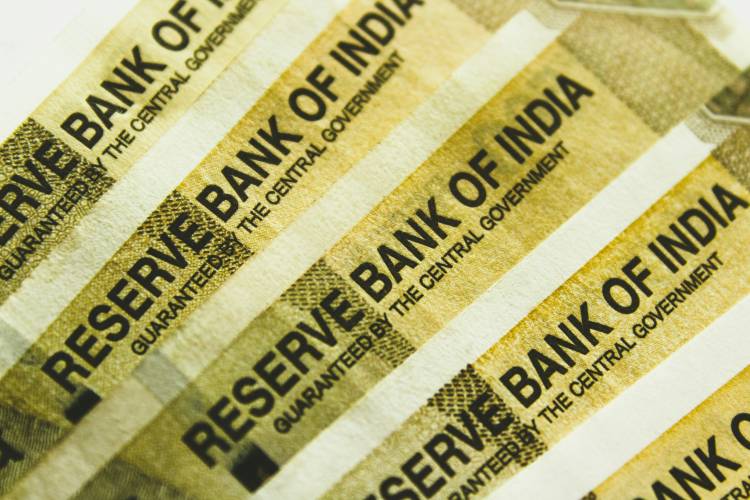While India awaits Q4 current account deficit data for 2023-24, indications suggest a likely increase due to a combination of three trends: soaring outward remittances, slowing foreign direct investment inflows, and higher gold imports. The net FDI in the country dropped by 62.17% to $10.58 billion in the financial year ended March 31, 2024, down from $27.98 billion in the previous year after adjusting for inflows minus outflows. This marks the lowest net FDI since 2007, reflecting higher repatriation of capital.
Overall FDI into India remained flat in 2023-24 due to a significant rise in the repatriation of invested funds by foreign investors. Despite this, specific sectors like manufacturing and services continue to attract strong FDI equity inflows, according to the State of Economy report in the RBI’s May 2024 bulletin. Singapore, Mauritius, the US, the Netherlands, Japan, and the UAE contributed to more than 80% of the inflows.
READ | Ageism in healthcare: UN seeks to guarantee equal access for senior citizens
Weak rupee and current account deficit
The depreciation of the Indian rupee against major currencies has further exacerbated the pressure on the current account deficit. A weaker rupee makes imports more expensive, thereby increasing the overall import bill. The Indian rupee depreciated by around 6% against the US dollar in FY24, adding to the cost burden on imports, particularly in essential commodities like crude oil and electronics. This currency fluctuation poses an additional challenge to managing the current account balance.
Global FDI flows have been impacted by higher borrowing costs, deepening geopolitical tensions, and rising protectionism in recent years. On a positive note, India is expected to remain a top destination for FDI in 2024, benefiting from a global trend of investment shifting towards developing economies post-pandemic. Indian companies are also actively investing abroad, highlighting growing confidence.
The Indian government’s policy initiatives to attract FDI, such as the Production Linked Incentive (PLI) scheme, have shown mixed results. While these schemes aim to boost manufacturing and create jobs, their impact on net FDI inflows remains to be fully realised. There is a need for continuous policy evaluation and adjustments to ensure these initiatives effectively translate into sustained foreign investment growth, which is crucial for maintaining a healthy current account balance.
Rising outward remittances
A worrying trend is the increase in outward remittances. The country reported record outward remittances under the Liberalised Remittance Scheme, reaching a new high of $31.73 billion in FY24. This increase was driven by growth in the international travel segment. Outward remittances rose 16.91% year-on-year from the previous high of $27.14 billion in FY23, according to the latest data from the Reserve Bank of India.
India’s merchandise trade deficit widened to $19.1 billion in April, higher than the estimated $17.23 billion. Imports surged 10.3% to $54.09 billion. Oil imports amounted to $16.46 billion, and gold imports doubled to $3.11 billion. Government data indicate that the increase in the import bill was due to higher inbound shipments of gold, petroleum products, electronics, and pulses, despite gold reaching record highs in April. However, as most central banks are buying gold due to conflicts, India’s imports are not exceptional. Gold prices have increased, and in terms of value, imports appear high.
High gold imports, increased outward remittances, and slipping FDI may negatively impact the country’s current account balance. The CAD rises when the value of goods and services imported exceeds the value of exports.
The road to current account surplus
Achieving a current account surplus is a key indicator of a healthy external economy, but this remains a major challenge for the Indian economy, especially in the face of global tensions and uncertainties. While there are dismal projections for the upcoming quarter, India has been making progress in reducing the CAD.
To improve this trend further, India needs to focus on the pain points. Currently, the trade deficit in goods, particularly for essential commodities like crude oil and vegetable oils, continues to weigh heavily on the current account. High dependence on crude oil imports and rising global prices exacerbate the situation.
India’s services sector, on the other hand, is its forte. The country has a services surplus, primarily driven by exports in software and business services. This sector may be key to balancing the trade deficit in goods and propelling India towards a current account surplus. Growth projections for services exports paint a promising picture, with a projected increase of 9.1% expected this year.
Another crucial area of focus is the enhancement of export competitiveness across various sectors. India needs to diversify its export base to reduce dependency on a few commodities and services. Strengthening manufacturing capabilities, improving infrastructure, and streamlining regulatory processes can help Indian exporters better compete in the global market. Enhancing the quality and value of Indian goods and services can drive higher export revenues, contributing positively to the current account balance.
A global economic slowdown with falling prices and stronger international financial connections would create a supportive environment for India to achieve a current account surplus. The country must continue its push towards domestic initiatives aimed at boosting production to significantly reduce reliance on imports and pave the way for a more balanced trade environment.
Stronger economic ties with emerging markets can open new avenues for trade and investment. Strategic trade agreements and partnerships with countries in Africa, Southeast Asia, and Latin America can provide Indian exporters with access to new markets and reduce over-reliance on traditional trading partners. By expanding its global trade footprint, India can better insulate itself from regional economic downturns and enhance its prospects for achieving a current account surplus.

